With President Trump’s order allowing the Air Force to bring retired pilots back on active duty, the no-holds-barred effort to staunch the bleeding of its pilots has now reached the highest levels of government.
But from here on in, experts say, it’s going to get even harder. The Air Force appears to be losing the battle, and it needs help — especially from Congress.
“This is clearly a tough nut to crack,” retired Col. Pat Kumashiro told Air Force Times. “It’s not something that you can solve overnight.”
The total Air Force — active, Guard, Reserve — is short about 1,500 pilots, about 1,300 of whom are fighter pilots.
Over the last few months, the Air Force has accelerated the pace of initiatives to tackle the problem, primarily by offering pilots more money to try to compete with deep-pocketed commercial airlines and by trying to improve pilots’ quality of life, such as by freeing up their time so they can fly more.
But there’s only one way to solve the problem once and for all, said Brig. Gen. Mike Koscheski, who is assigned full-time to fix the pilot shortage: Train more pilots each year. A lot more. That’s going to be tricky — and require more stable funding to pay for it.
“Our long-term fix to the pilot crisis is to grow our way out of this,” Koscheski said in an Oct. 23 briefing with reporters at the Pentagon. “It’s going to take a while to get in place what we need to start producing more pilots. One of the biggest things that we need is stable and predictable budgets.”
The Air Force wants to grow its pilot production by about 25 percent, Koscheski said.
“That is significant, and that’s going to take some stable and predictable funds to substantiate that,” he said.
The Air Force graduated 1,100 new pilots in fiscal 2016, about 1,200 in fiscal 2017, and hopes to hit 1,400 in the next few years.
But even that won’t be enough.
Lt. Gen. Darryl Roberson, head of Air Education and Training Command, said in September that the Air Force might need to graduate at least 1,600 pilots each year just to keep up, but will have maxed out its current pilot production capacity at 1,400.
Getting to 1,600 would require more instructor pilots and planes, not to mention interested students, he said.
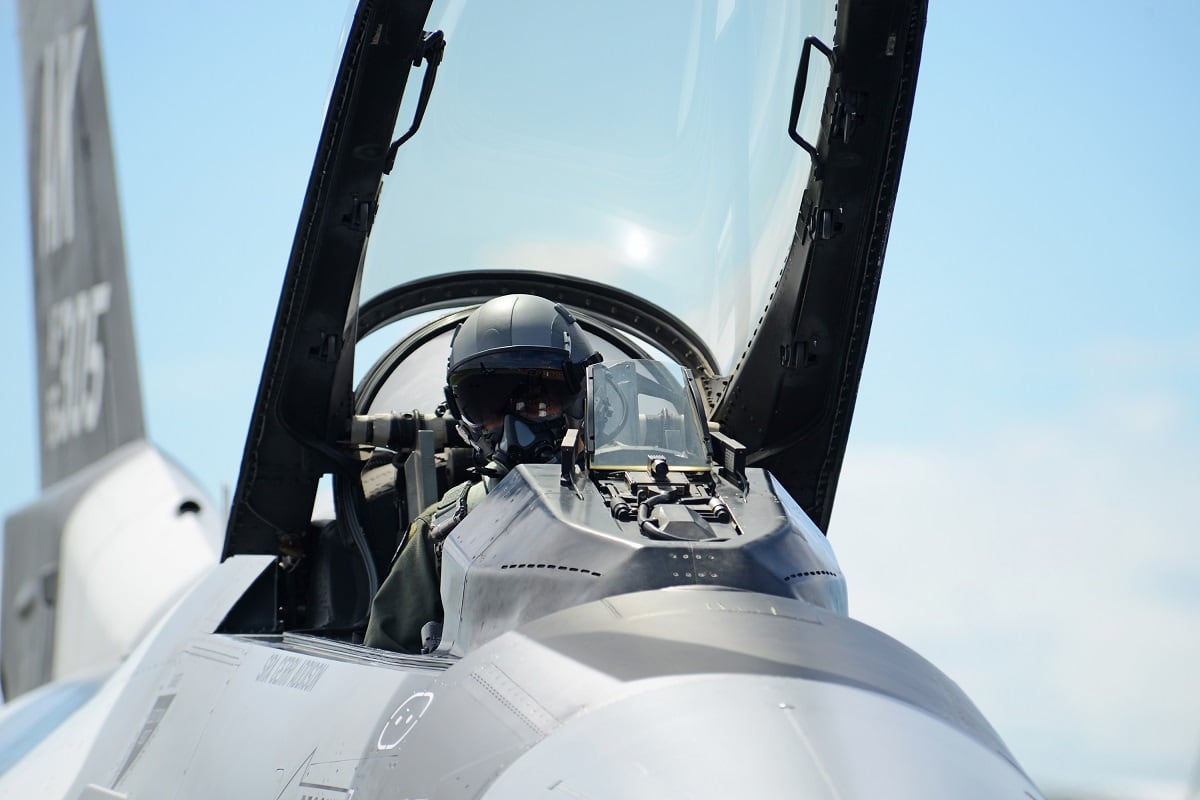
Retired Gen. Hawk Carlisle, the former head of Air Combat Command and a fighter pilot, said the Air Force is now reaching the limits of what it can accomplish without additional funding and changes to its force structure.
“The things that are in [the Air Force’s] power, they have executed,” Carlisle said. “I think they are doing everything that they can, given the authorities that they have, to try to track, train, experience and retain their pilots.
“The problem, of course, is that they have limited flexibility to actually do everything,” he said, adding that continuing resolutions are just one factor that limit the Air Force’s ability to add personnel and find a home for them.
Roberson said the Air Force has asked Congress for more funding to boost pilot production capacity.
“We’re maximizing the use of our air frames to the fullest extent that we can right now,” he said. “We can only produce so many flying training sorties per day, and that’s going to be exceeded.”
Kumashiro said that even if it were possible to “surge” the Air Force’s pilot production and quickly bring on a large, new population, it would be a bad idea.
Such a surge would end up creating a large class of new pilots of about the same age and rank and skew the demographics as they advance through their careers. And that could leave the Air Force with more pilots than it needs years from now if requirements change — or facing a retirement wave two decades later when that class retires.
“You want to manage the bullwhip,” Kumashiro said. “You don’t want spikes, you don’t want peaks and valleys. You’re always trying to manage steady, incremental increases to manage the force.”
Ongoing problem
The Air Force’s pilot shortage largely stems from a massive hiring wave in the commercial airline industry, which sees the military as fertile recruiting ground.
The service has expressed concern about pilot manning for years. But the effort to tackle the problem kicked into high gear in July 2016 with an op-ed by Air Force Chief of Staff Gen. Dave Goldfein and former Air Force Secretary Deborah Lee James, who declared it a “quiet crisis” threatening the United States’ ability to control the skies.
“Air superiority is not an American birthright,” Goldfein said last August. “It’s actually something you have to fight for and maintain.”
Most recently, Trump signed an executive order allowing the Air Force to recall more retired pilots under the Voluntary Retired Return to Active Duty program.
Originally, only 25 retired officers were allowed to come back in staff jobs for up to one year.
Now that Trump has expanded the program, the Air Force expects nearly 200 retired pilots will return for up to three years, and some might serve as instructor pilots to allow the service to train more new pilots.
Pilots who return to active duty will have the last rank they held at the time of retirement and receive the same pay and benefits as other active-duty officers, Air Force spokeswoman Erika Yepsen said. The Air Force also will pay for them and their families to move to their new base, and pay for them to move away once their stint is up.
Returning officers will have their retirement pay re-calculated to take into account their additional service, Yepsen said. However, they will not be eligible for promotions or retention bonuses, she said. Some could receive Air Crew Incentive Pay, commonly known as flight pay, if they are actually flying, she said. Instructor pilots will not deploy, but some returning staff officers could volunteer to deploy.
Between 10 and 15 retired pilots expressed interest in returning to fill staff jobs under the original, smaller-scale program, Koscheski said, and three of them are already under contract.
Bringing back rated retirees for up to three years will give the Air Force time to make some of them instructor pilots.
“We want to focus on our instructor pilot pipeline,” Koscheski said.
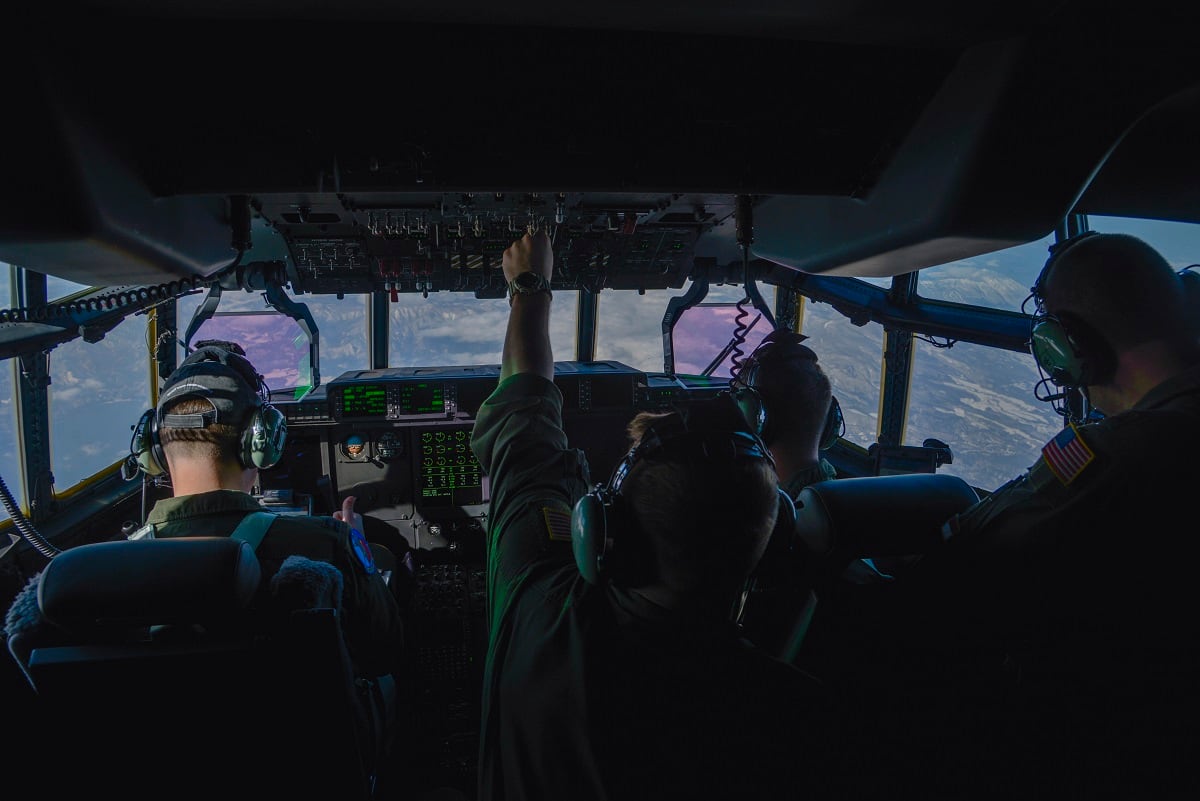
Fat bonuses
One of the Air Force’s biggest pilot retention programs was put into place in June, when the service expanded its Aviation Bonus Program to allow some 11F fighter pilots to get paid up to $35,000 a year for a service commitment of up to 13 more years. That amounts to a $455,000 retention bonus for those pilots, bringing their total length of service to 24 years.
Certain 11B bomber pilots, 11S special operations force pilots, and 11M mobility pilots could get paid $30,000 annually for up to nine years, and 11R C2ISR pilots or 11H combat search and rescue pilots could get $28,000 per year for up to five years, among others.
And in August, the Air Force upped officers’ monthly flight pay for the first time since 1999 from $840 to $1,000.
Enlisted air crew members saw their pay go up from $400 to $600 monthly.
RELATED
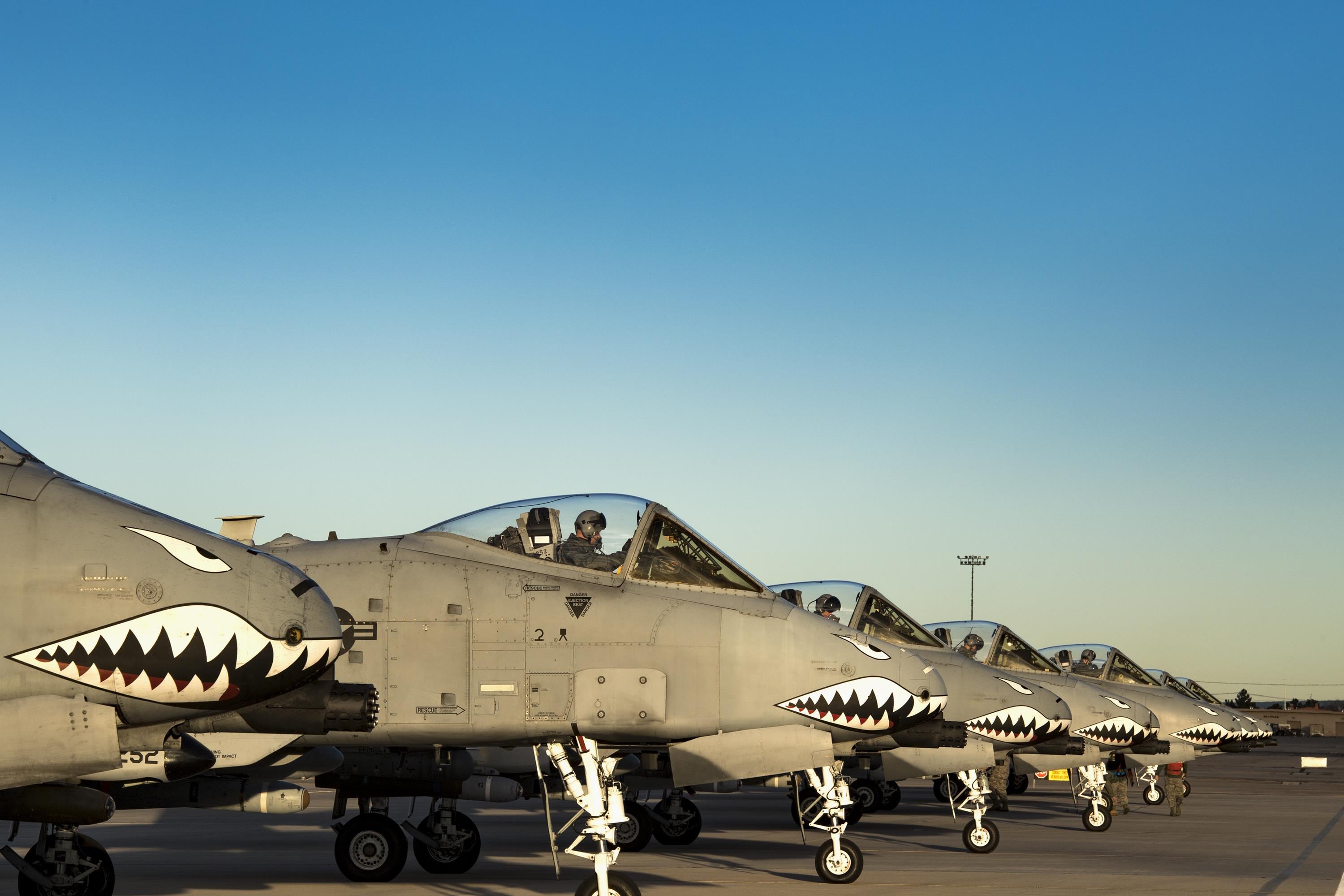
However, the expanded retention bonuses haven’t turned the tide. The “take rate” — the percentage of eligible pilots accepting retention bonuses — continues to decline, though at a slower rate, according to Air Force data.
From fiscal 2013 to 2016, the Air Force said the average drop in take rates each year was about 6.5 percent. But in fiscal 2017, the overall take rate declined 3.5 percent. The Air Force did not provide the overall take rate for 2016 and 2017.
The 11F fighter pilots’ take rates dropped 4.9 percent, 11B bombers dropped 4 percent, 11H rescue dropped 2.9 percent, and 11M mobility dropped 3.7 percent.
The 11R C2ISR career field dropped 19.4 percent, but since a total of 23 pilots in that career field accepted the bonus in 2017, that likely represents a decline of only a handful.
RELATED
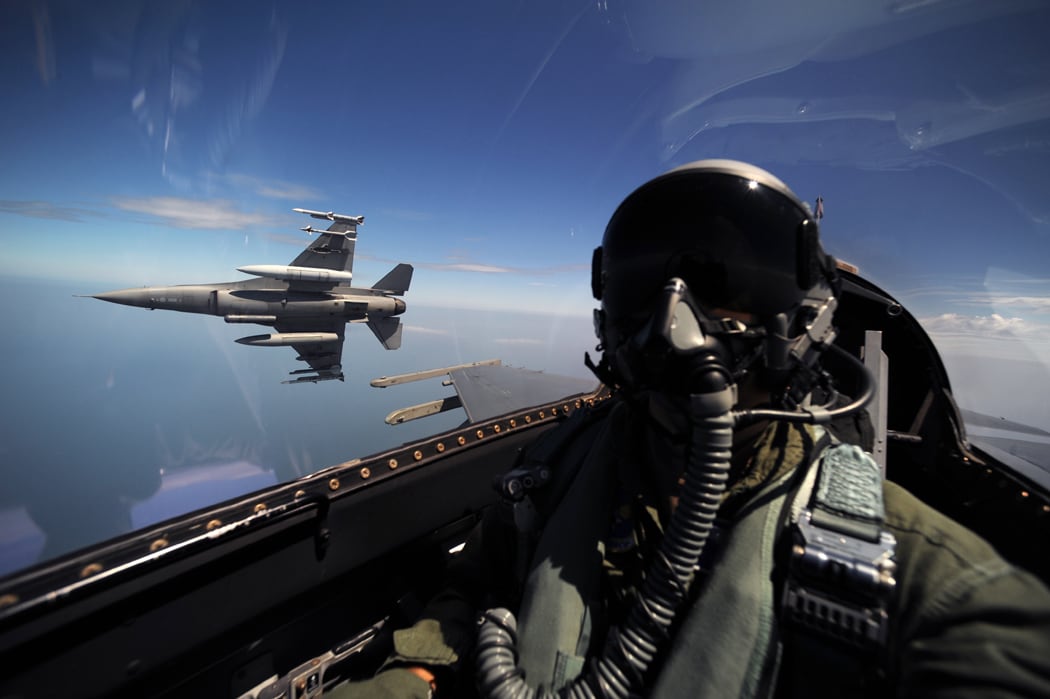
Quality of life
But, as officials have said repeatedly, fixing pilot retention isn’t just a matter of throwing money at the problem. The Air Force has taken multiple steps to try to make pilots happier in their jobs.
This includes efforts to root out unnecessary or redundant duties or training — often known in the service as “queep” — in part to give pilots more time in the cockpit. Other duties that were previously done by pilots were reassigned to other airmen or civilian employees, mostly in commander support staffs. A review in 2016 eliminated, reassigned or reduced 29 of 61 duties studied.
The Air Force also is moving to bring on more support staff to take on administrative duties and further relieve the pressure on pilots. By fiscal 2022, the Air Force wants to add 1,600 airmen and civilians to commander support staffs, bringing the total number to more than 6,300, the Air Force said in May.
In September, Koscheski announced a pilot program called Second Assignment In-Place that allows some experienced fighter pilots and weapon systems officers to stay in their assignments for three more years, if they want.
Under that program, those pilots or WSOs must be either lieutenant colonels or lieutenant colonel-selects with at least 17 years of service, or majors who have been passed over for O-5 with at least 14 years of service, serving in one of 16 wings, squadrons or groups.
Koscheski told reporters that pilots and other aircrew members have said in field interviews and exit surveys that they want more stability in their careers.
For example, some would like to avoid uprooting their families and school-age children with frequent permanent change-of-station moves.
The Second Assignment In-Place pilot program, which will probably cover fewer than 100 officers, will last four months before the Air Force decides whether to broaden it to other pilots.
Air Mobility Command — which fears it is on the cusp of its own critical shortfall of pilots — is putting together a program to allow pilots to serve in an aviation-only career path. AMC head Gen. Carlton Everhart hopes to start testing the aviation-only track in six months with 1 percent to 2 percent of its pilot force, assuming the Air Force decides it’s viable and legal.
This test could also help AMC figure out what duties and requirements are absolutely necessary and which ones can be dropped.
“I need to get after this,” Everhart said. “If that prevents people from getting out, I’ll take it.”
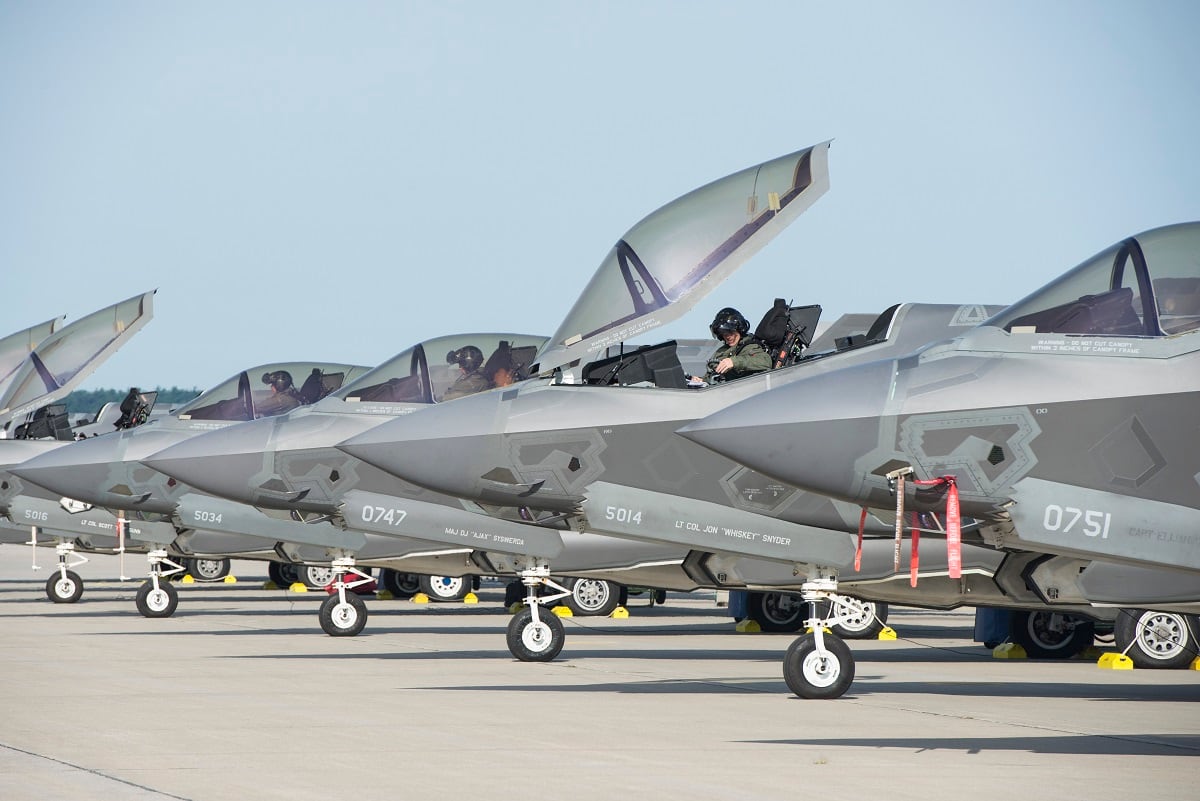
‘We’re burning them out’
Carlisle, the former ACC commander, said that the shrinking of the Air Force’s squadrons is one of the problems limiting pilot production — and hampering efforts to hold on to experienced pilots.
“We’ve retired a lot of airplanes in the United States Air Force,” Carlisle said. “The cockpits to put them in, to experience them, and to absorb them is limited. The flying hours and the age of the aircraft and the capacity, given what we’ve been doing downrange, is a huge challenge.”
Carlisle also said the high pace of combat operations and deployments is hampering retention.
“The kids love flying airplanes, they love what they’re doing, but we’re burning them out,” Carlisle said. “We’re asking so much of them. When they’re home, they’re not home, because they’re doing everything else, and a lot of that has to do with the capacity.”
Carlisle said the Air Force simply needs more resources — “more squadrons, more airplanes, which would give me more flexibility, less rotations.”
He also said the Air Force needs to look at a different way of managing pilots’ careers and move away from the “binary” system where a pilot is either in uniform or retired and heading for a commercial airline career. The Air Force needs to work out a system that’s similar to the service’s three-year sabbatical Career Intermission Program, and allow pilots to temporarily leave active duty for a stint flying airliners, he said.
When that theoretical private-sector interlude is over, Carlisle said, pilots could return to the Air Force for an extended service commitment. And then, when the pilots retire from active duty once and for all, they could find a job waiting for them at the airline.
The Air Force has expressed interest in such a program in the past.
But solving the pilot shortfall once and for all — and it’s a problem around the world, not just in the Air Force — will require inspiring the next generation to climb into the cockpit, Carlisle said.
The former F-15 pilot said he didn’t always know he wanted to fly. In fact, the first time he set foot on an airplane was when he flew to Colorado Springs, Colorado, to attend the Air Force Academy.
Many people who could become good pilots simply don’t have the opportunity to learn, Carlisle said, and it can be prohibitively expensive.
“Flying’s fun,” Carlisle said. “It’s a good thing to do. There are some schools with kids that are just fired up, and great young men and women, that cannot see themselves getting into a pilot program, because it’s just not within their field of vision. Well, let’s open that vision up.”
Reporter Charlsy Panzino contributed to this report.
Stephen Losey is the air warfare reporter for Defense News. He previously covered leadership and personnel issues at Air Force Times, and the Pentagon, special operations and air warfare at Military.com. He has traveled to the Middle East to cover U.S. Air Force operations.





